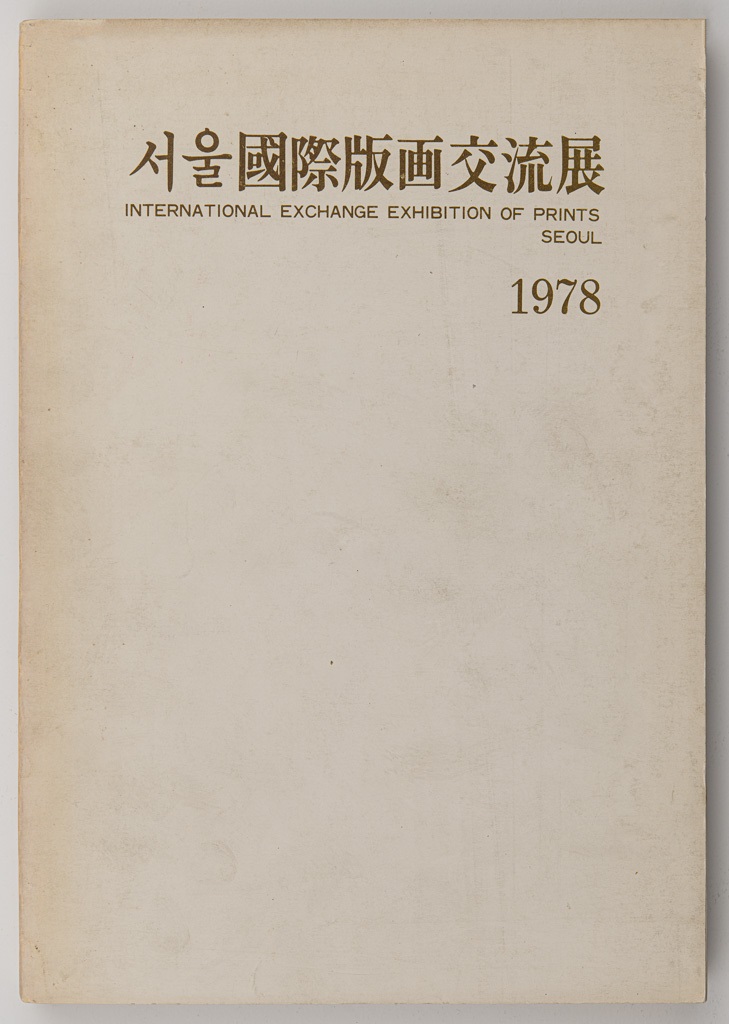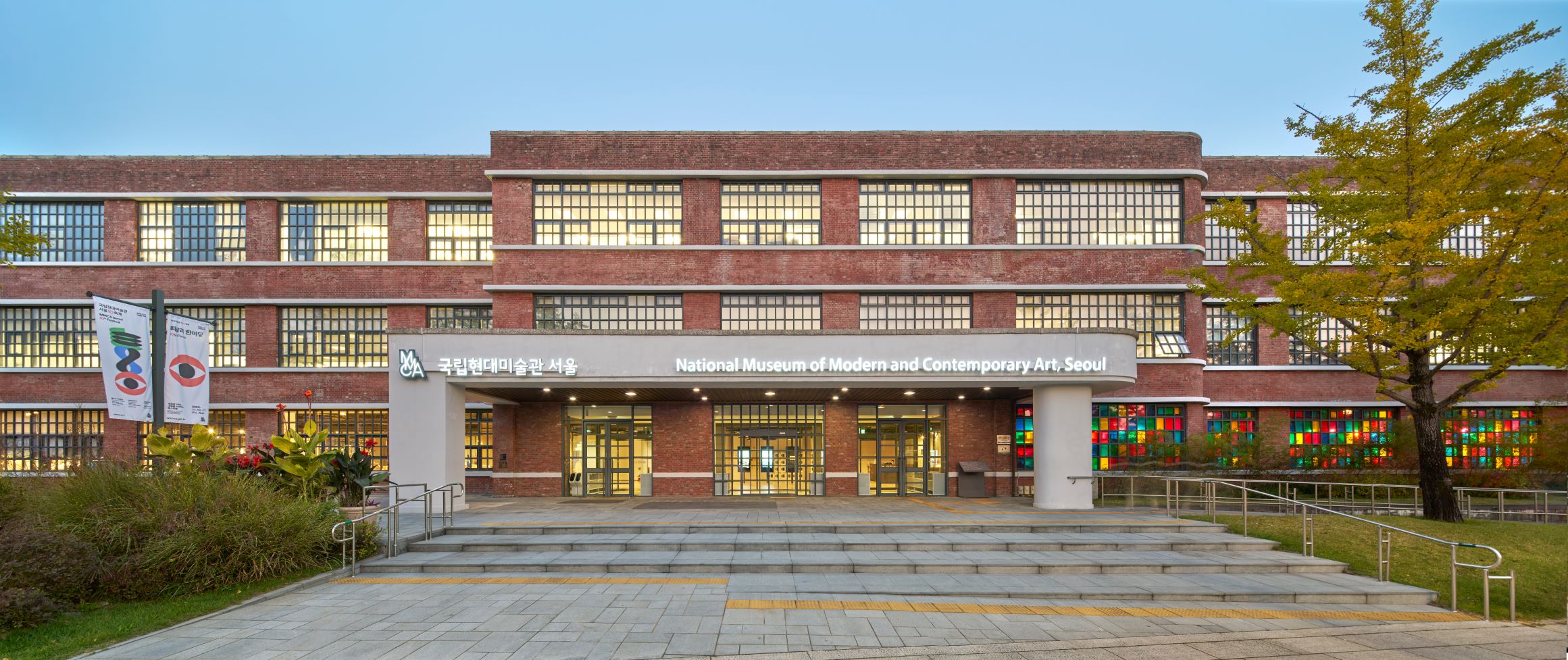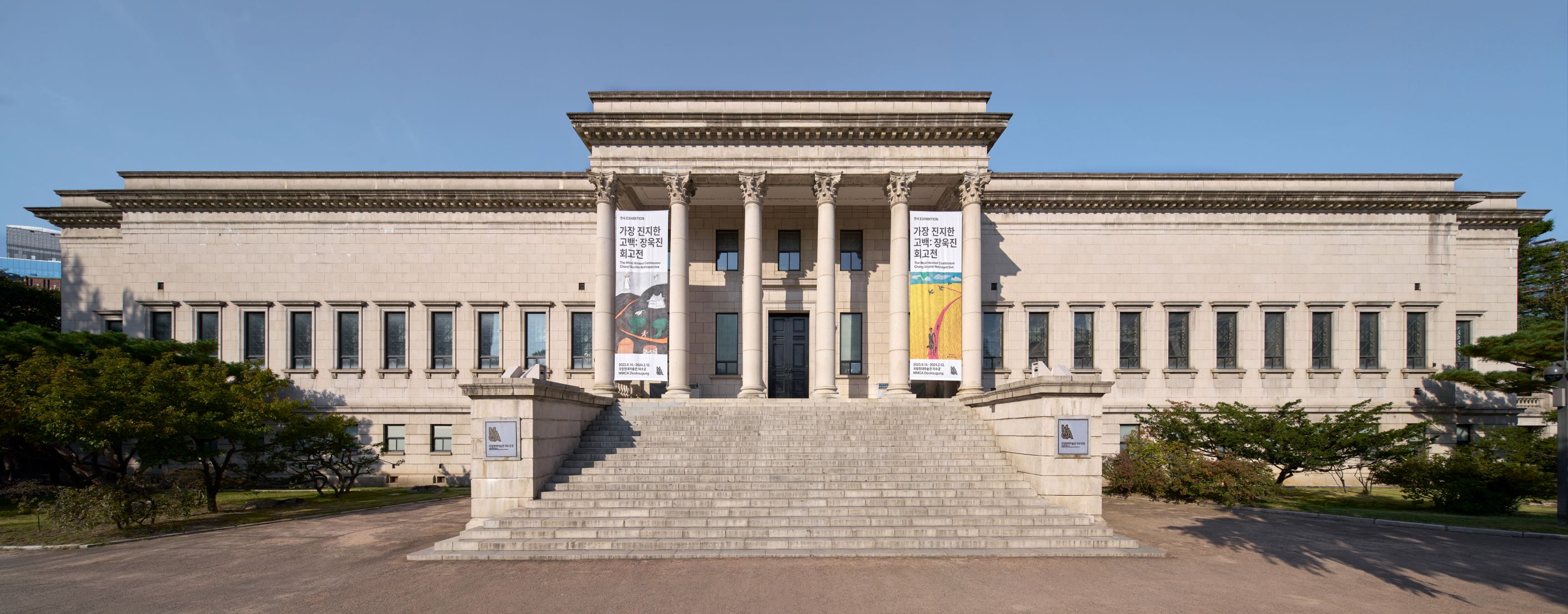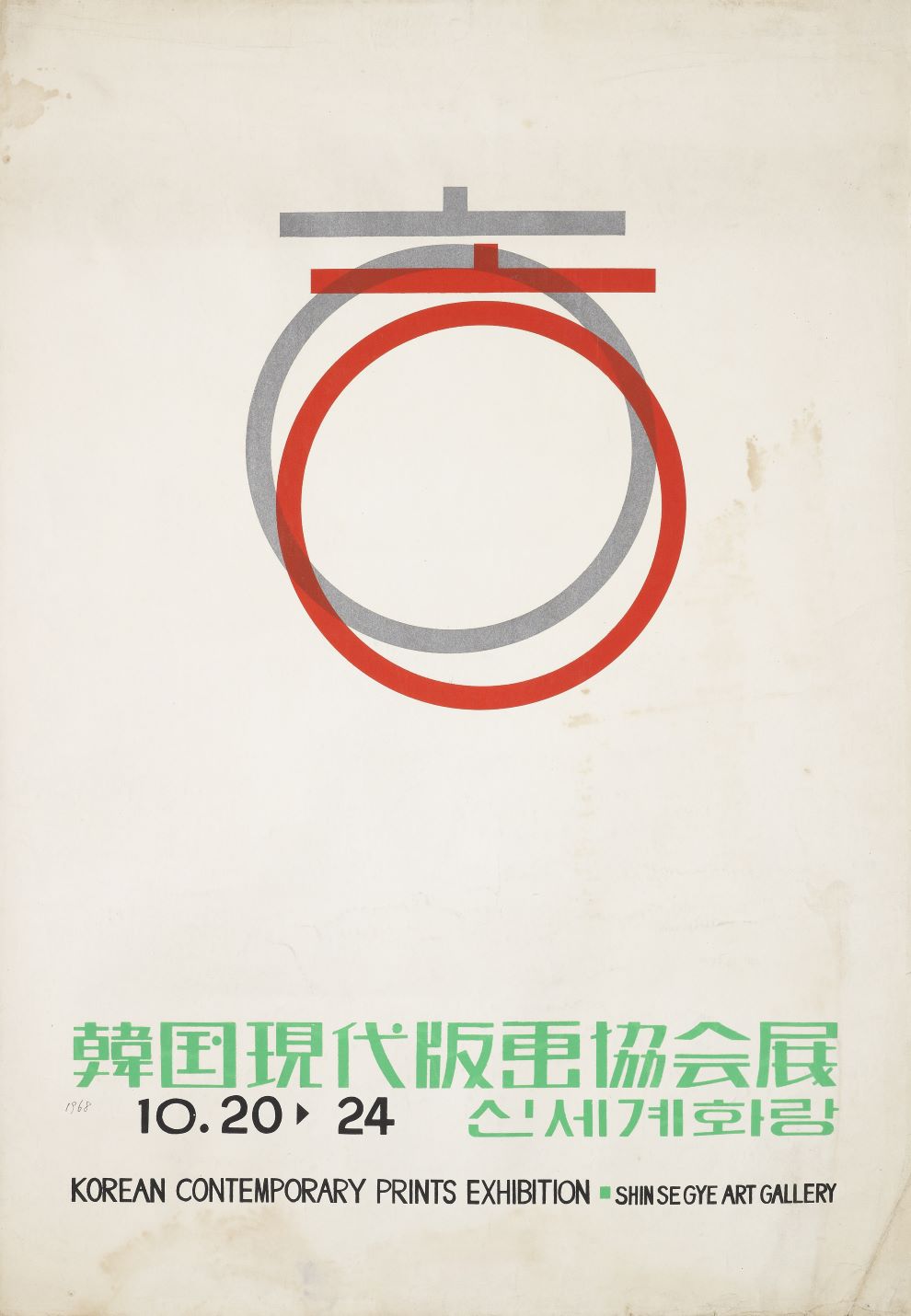
1978 International Exchange Exhibition of Prints Seoul,, Catalog, 1978, MMCA Art Research Center Collection, Gift of Hwang Yangja
1978 Seoul International Print Exchange Exhibition
* Source: MMCA
Related
-

National Museum of Modern and Contemporary Art, Korea (MMCA)
A national museum established in 1969 that researches, collects, and exhibits modern and contemporary art. As of 2018, there are branches in Gwacheon, Deoksugung, Seoul, and Cheongju. When first established, the National Museum of Modern Art (now MMCA) was located within Gyeongbokgung palace. In 1973, the museum moved to the East Wing of the Deoksugung Seokjojeon building. Then, in 1986, the museum moved to its current location in Gwacheon, to occupy a new building equipped with an outdoor sculpture exhibition space, and has since opened a new chapter in Korean art. The perceived need for a space to focus specifically on Korean contemporary art led to the establishment of further site, the National Museum of Contemporary Art, Deoksugung in 1998. In November 2013, a further demand for contemporary art exhibitions led to the establishment of another Seoul branch being created in the Defense Security Command building in Sogyeok-dong, Jongno-gu, which has since its inception engaged in multifaceted exhibitions of both domestic and overseas contemporary art. Also, as a further component of the MMCA complex, a disused tobacco factory in Cheongju was remodeled to provide a home to the National Art Storage Center.
-

Deoksugung Museum of Art
A term that refers to two separate art museums that have existed in the grounds of Deoksugung palace at different times. First, the Yi Royal Family Museum, which was built in 1938 and renamed the Deoksugung Museum of Art after independence in 1948. This iteration of the Museum was merged with the National Museum of Korea in 1969. Separately, in 1998 a branch of the National Museum of Contemporary Art, Korea (now MMCA) was established at this location, and also named the Deoksugung Museum of Art. In 2013, the official name of the branch was changed to the National Museum of Modern and Contemporary Art, Deoksugung but some people still use the previous name, Deoksugung Museum of Art.
-

Korean Contemporary Printmakers Association
The Korean Contemporary Printmakers Association was founded in January 1968 to promote the distribution of and understanding about modern Korean prints while establishing a network between members. It was led by artists such as Kang Whansup, Kim Minja, Kim Sangyu, Kim Choungza, Kim Chonghak, Kim Foon, Bae Yoong, Suh Seungwon, Yoo Kangyul, Youn Myeungro, Rhee Sangwooc, Chun Sungwoo, and Choi Youngrim. It has played an important role in the revival of Korean prints, including holding regular association exhibitions, discovering and supporting artists, sharing knowledge on print through training sessions, and planning international exchange exhibitions. It has helped to produce leading artists in the Korean print field and organized joint exhibitions with various overseas artists to create a place for art exchanges. In 1996, the association announced regulations on original prints to provide an institutional system for the global internationalization of modern Korean print and the identification of Korean prints. Currently, more than 400 members are active.






